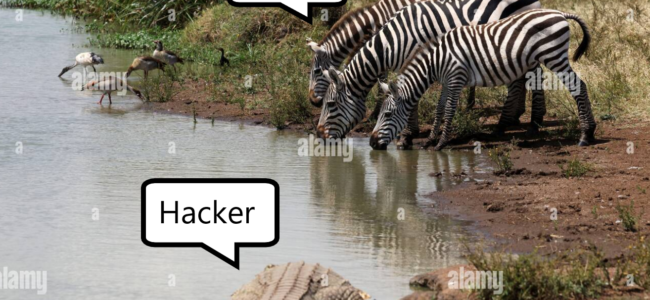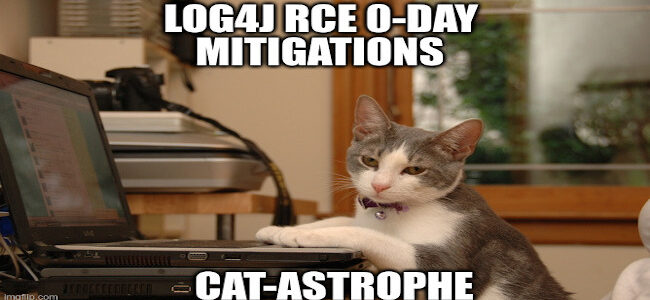
If you have any hunting experience or have been in a beer talk with hunting stories you probably have came across the term “Watering Hole Attack“. In this attack the hunter is covered near an area with a water hole where animals go in order to drink water, feel safe and usually have their guards down and their instincts more relaxed. So they don’t have to track the prey and attack on the go but wait until it comes to it’s fate on it’s own. Very similar to this approach a hacker targets specific end users by infecting frequently visited websites with malware that spreads to the user’s device.
Continue reading “What is a watering hole attack and how can I defend myself?”


